Securing the City of Bryan’s Future Water Supply: Aquifer Storage & Recovery (ASR) Project
1. What is an Aquifer Storage and Recovery (ASR) Project?
As defined by the State Water Plan, ASR is the practice of injecting water, when available, into an aquifer where it is stored for later use.
The City of Bryan’s ASR project includes storing groundwater pumped, in excess of City demand, underground in the brackish water zone of the Simsboro unit of the Wilcox group. The groundwater will be pumped from and stored within the same aquifer; however, the excess groundwater pumped for future use will be moved closer to the cooling tower. This reduces the cost and amount of time needed to access the stored groundwater.
By injecting low salinity water (good water) back into the same aquifer, high salinity water (bad water) is displaced. The low salinity water creates a bubble that expands and shrinks as low salinity water is added or removed. This means that the low and high salinity water sources do NOT mix.
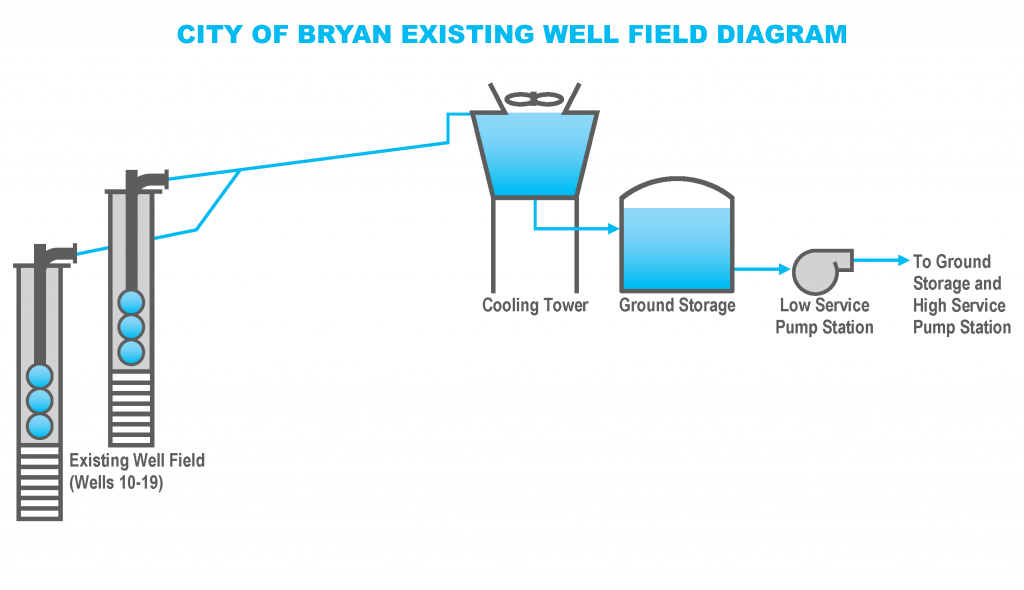
Bryan ASR Project System Flow: Step #1
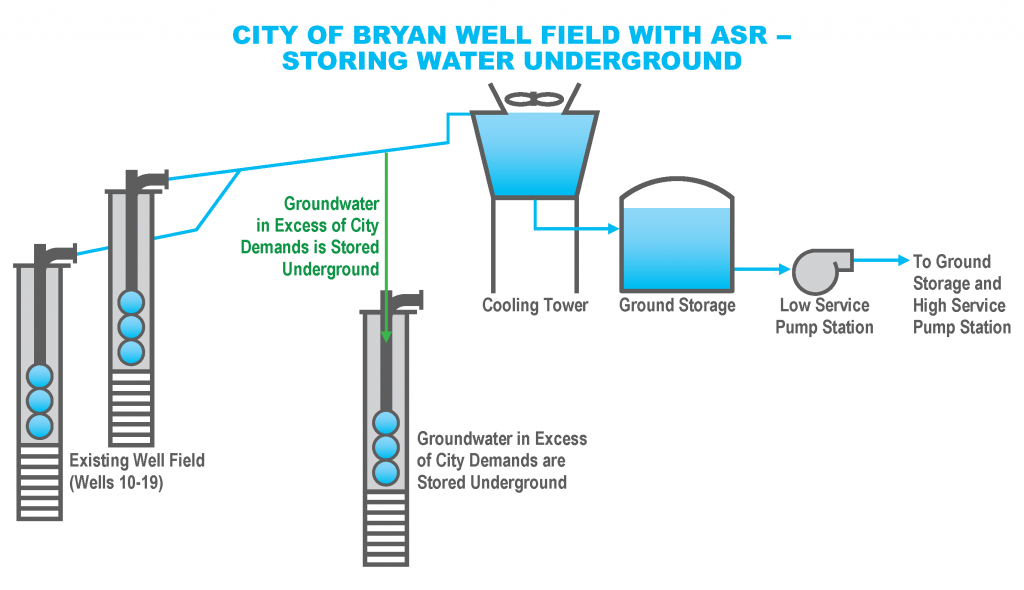
Bryan ASR Project System Flow: Step #2
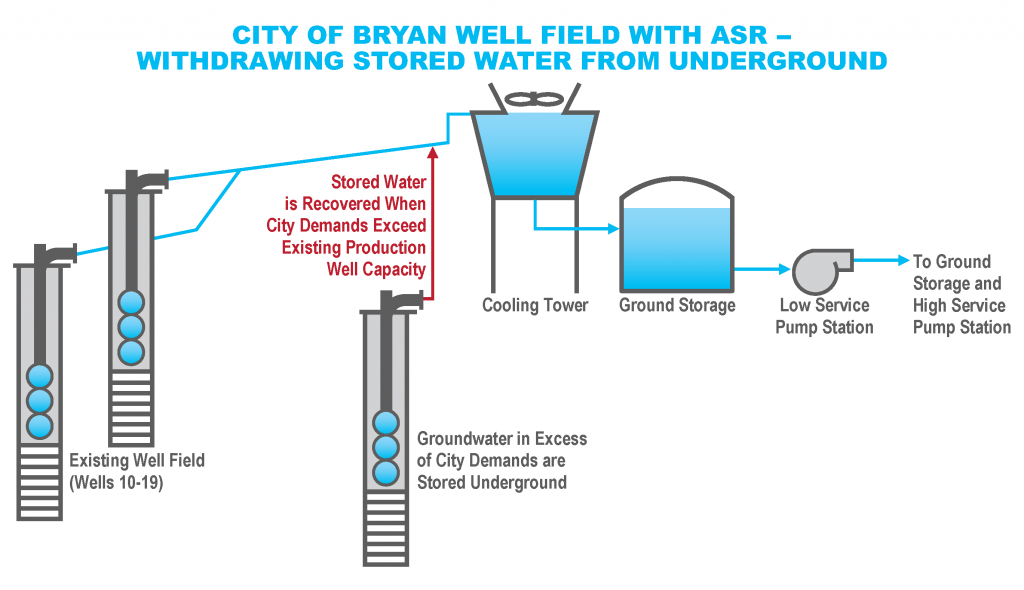
Bryan ASR Project System Flow: Step #3
2. Why do the citizens of Bryan need ASR?
The Statewide Water Plan states that the City of Bryan’s demand will exceed the available supply by 2030.
The City is currently maximizing the beneficial use of City-owned land and groundwater rights for the best economic interest of the citizens of Bryan. The ASR project would defer significant infrastructure expansion by facilitating more efficient use of existing wells. In addition, this ASR project will be critical in providing and ensuring adequate water flow in an emergency, such as a home or structure fire, during peak water usage times.
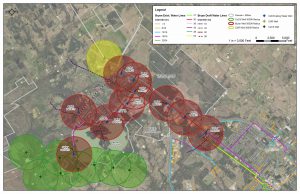
Existing City of Bryan Wells
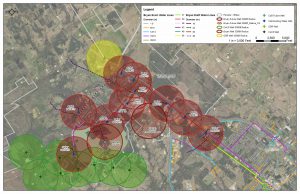
Existing City of Bryan Wells + New Wells for ASR
3. What happens if the City of Bryan does not implement the ASR?
If the ASR project is not implemented, the citizens of Bryan will see a dramatic water rate increase – as much as 3 times the current rate – which would continue over the next 20 years. In addition, as many as 10 new wells would need to be drilled, increasing capital costs; maintenance costs; and energy consumption, just to meet day-to-day needs.
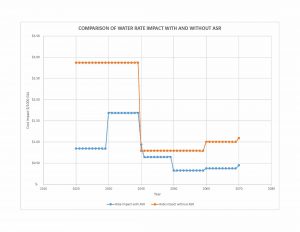
Rate Comparison
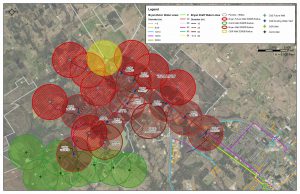
Existing Wells + Needed Wells if ASR is not implemented, Option A
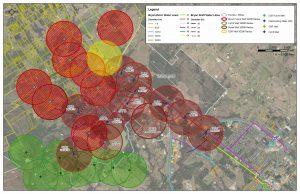
Existing Wells + Needed Wells if ASR is not implemented, Option B
4. Key Facts
- Recommended by the Region G Water Plan
- Recommended by the State Water Plan
- Preferred Water Management Strategy
- City of Bryan ASR Project was included in the adopted 2017 Texas State Water Plan.
- City of Bryan received State Water Implementation Fund For Texas (SWIFT) Loan for feasibility study, pilot testing, and implementation from the Texas Water Development Board.
- SWIFT funding is a multi-year commitment by the State of Texas and lowers the financing costs of the ASR project.
- State of Texas Water Conservation Goal = 140 gallons per person per day
- Current City of Bryan water use = 127 gallons per person per day
- Estimated cost for importation of water = $1,006 per acre foot
- Estimated cost for ASR project = $385 per acre foot
ASR Project Success Story: San Antonio Water System (SAWS)
Other municipalities within Texas have implemented the same type of ASR system to secure their community’s water supply. One such example is the San Antonio Water System (SAWS), a public utility responsible for the water supply, quality and conservation for the City of San Antonio.
SAWS Aquifer Storage & Recovery Explained in 90 Seconds from San Antonio Water System on Vimeo.